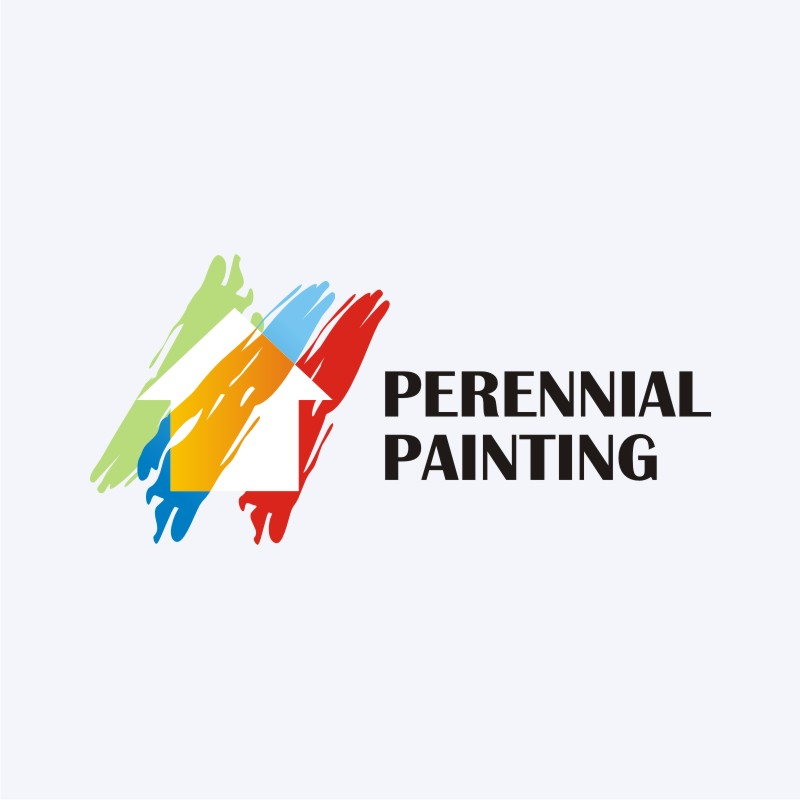Comprehensive Instructions For Ready-Making Your Wall Surfaces For Painting
Comprehensive Instructions For Ready-Making Your Wall Surfaces For Painting
Blog Article
Web Content Develop By-Mathiasen Rindom
When you're prepping your wall surfaces for painting, it's crucial to follow a methodical process to make sure a flawless surface. Beginning by examining the wall for any type of damages; this step can make or break your job. Once you have actually identified any kind of problems, cleansing the surface area effectively is vital, as a dirty wall can impact paint bond. After that, you'll require to spot any blemishes and apply a guide. Yet there specify church cleaning tulsa and suggestions that can elevate your preparation video game-- allow's explore those further to achieve the most effective outcomes.
Assessing Wall Problem
Before you get your paintbrush, take a moment to assess your walls' problem. Check for any noticeable damages like cracks, holes, or peeling off paint. These blemishes can affect how the paint adheres and looks once it's dry. If you see any kind of considerable damages, you'll require to focus on repairs prior to diving into painting.
Look closely at the structure of your wall surfaces. Is the surface smooth, or is there structure that might call for unique consideration? Smooth wall surfaces typically call for less prep, while distinctive surface areas might need more time to repaint uniformly.
Also, take into consideration the previous paint job. If the old paint is shiny, it mightn't permit new paint to stick correctly. You'll would like to know if your wall surfaces have actually been repainted with oil-based or water-based paint, as this can influence your choice of primer or paint.
Finally, keep in mind of any moisture concerns. If you see indicators of water damage or mold, address these troubles promptly to prevent additional issues.
Cleansing the Surface area
Once you have actually evaluated the condition of your walls, the next step is cleansing the surface. Beginning by gathering https://www.housedigest.com/1141815/heres-how-often-you-should-be-repainting-the-exterior-of-your-home/ : a pail, warm water, a moderate detergent, a sponge or fabric, and a scrub brush for harder spots.
Begin on top corner of the wall and function your method down. Mix the detergent with warm water in your bucket, after that dip the sponge or fabric right into the service. Wring it bent on prevent excessive moisture on the wall surfaces.
As you clean, pay attention to areas that might've collected dirt, oil, or fingerprints. For persistent spots, use the scrub brush carefully to avoid damaging the paint below. Rinse your sponge or cloth often in tidy water to avoid spreading out dirt around.
After cleansing, it's important to clean the wall surfaces with a moist fabric to eliminate any type of soap deposit. This action makes sure a smooth surface for the new paint to adhere to.
Allow the wall surfaces to dry totally before going on to the next preparation steps. This thorough cleaning process will aid develop a fresh canvas for your paint task, ensuring the best outcomes.
Patching and Priming
Patching and priming are essential action in preparing your walls for a fresh coat of paint. First, inspect your wall surfaces for any holes, splits, or flaws. Use a high-quality spackling compound or patching paste to load these locations.
Apply the compound with a putty knife, smoothing it out so it's flush with the surrounding surface. Permit it to dry completely, and then sand it gently till it's smooth and even.
When you've covered whatever, it's time to prime. Guide helps secure the covered locations, ensuring the paint adheres appropriately and gives an uniform coating. Select a guide suitable for your wall surface type and the paint you'll be making use of.
Apply the guide using a roller for larger areas and a brush for edges and edges. If your patched locations are substantially big or porous, you may wish to use a second layer of primer after the very first one dries out.
After priming, let every little thing completely dry completely before moving on to painting. This preparation won't only improve the look of your wall surfaces however also lengthen the life of your paint job.
Take your time, and you'll be pleased with the outcomes.
Conclusion
By following these straightforward actions, you can attain a smooth and expert surface on your wall surfaces. Begin by evaluating their problem, then clean and spot any kind of flaws prior to using guide. Remember to enable appropriate drying time and guarantee everything is smooth before you dive into painting. With the right prep work, you'll establish the stage for a stunning change in your room. Now, collect your supplies, breathe in the fresh air, and prepare yourself to repaint!
